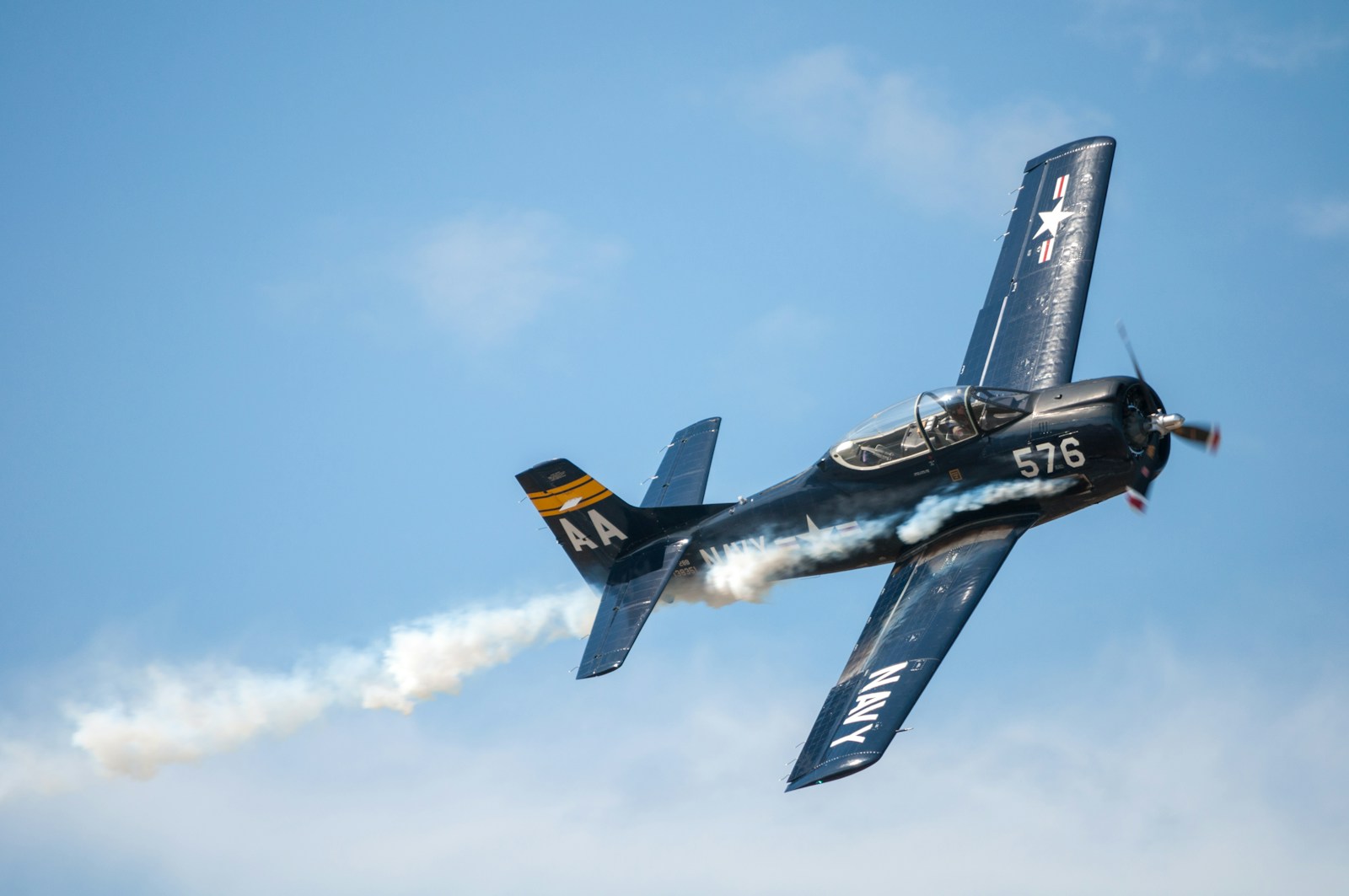
avión

airplane
An airplane is a vehicle that can fly by gaining support from the air. It counters the force of gravity by using either static lift or by the dynamic lift of an airfoil, or in a few cases the downward thrust from jet engines.
Example sentences using: avión
El avión ha aterrizado en el aeropuerto.

The plane has landed at the airport.
This sentence is simple past tense, highlighting an event that has occurred recently. The main subject is 'the plane' (el avión) and the action is that it 'has landed' (ha aterrizado) at 'the airport' (en el aeropuerto).
El avión es rápido.

The airplane is fast.
This sentence uses a simple present tense. The subject 'the airplane' (el avión) is described with the adjective 'fast' (rápido).
El avión está en el cielo.

The airplane is in the sky.
In this sentence, the preposition 'en' (in) is used to describe the location of 'the airplane' (el avión) as being 'in the sky' (el cielo).
El avión tiene dos alas.

The airplane has two wings.
This sentence uses the verb 'tiene' (has) to describe a characteristic of 'the airplane' (el avión), which is 'two wings' (dos alas).
Vamos a viajar en avión.

We are going to travel by airplane.
This sentence uses the expression 'going to' (vamos a) followed by an infinitive verb 'to travel' (viajar) indicating a future plan. The preposition 'by' (en) indicates the means of transport 'plane' (avión).
El avión despegó a tiempo.

The airplane took off on time.
This sentence uses simple past tense. The verb 'despegó' (took off) describes an action performed by 'the airplane' (el avión). 'On time' (a tiempo) is an adverbial phrase indicating when the action took place.
El avión vuela alto.

The airplane flies high.
This sentence uses simple present tense. The verb 'vuela' (flies) describes the action of 'the airplane' (el avión). The adverb 'high' (alto) indicates how this action is performed.
Me gusta el avión azul.

I like the blue airplane.
In this sentence, the expression 'me gusta' (I like) is used to express preference for 'the blue airplane' (el avión azul).
Veo un avión en el horizonte.

I see an airplane on the horizon.
The verb 'veo' (I see) is used here to describe the action of seeing 'an airplane' (un avión) at a specific location 'on the horizon' (en el horizonte).
Mi avión sale a las tres.

My airplane departs at three.
The verb 'sale' (departs) refers to the future departure time of 'my airplane' (mi avión). 'At three' (a las tres) indicates the time of this event.